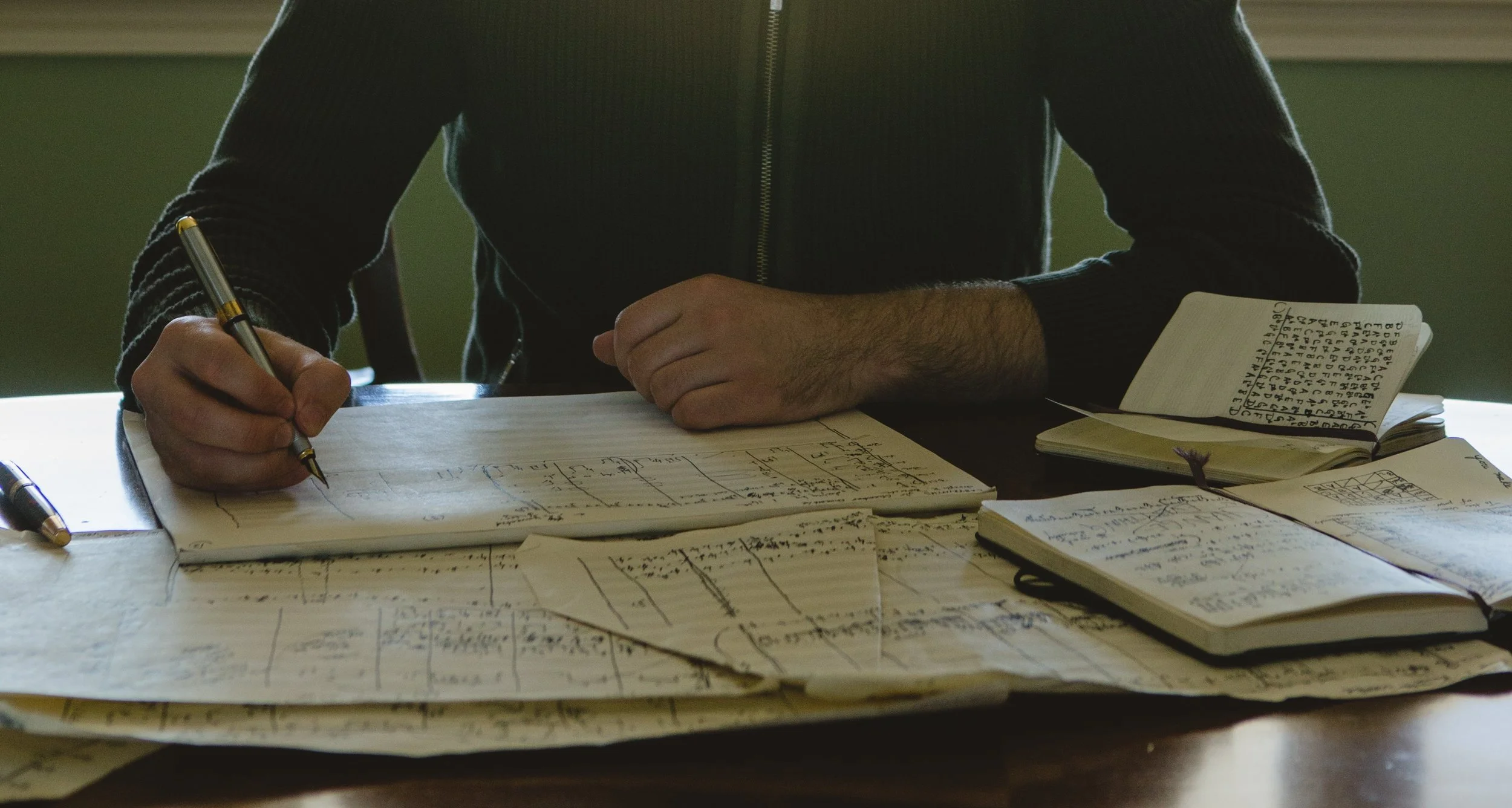PIANO REDUCTION NOW AVAILABLE
Full Score - $74.99; Reduction (includes solo part) - $49.99
For purchasing information and other inquiries, please contact me.
revised version premiered January 2015; Erik Steighner, soloist; Western Washington University Orchestra
Western Washington University, Bellingham, WA
Instrumentation
solo baritone saxophone; 2(+2picc).0.1(+bs).0.sax(s/a) - 1.1(+flug).1(bs).0 - 2perc - hp.pno - strings[min:3.3.3.3.1] - electronics
Setup instructions for the electronics may be viewed here
Program Note
This piece was written with the help of a grant from the University of Puget Sound for summer research in the Arts and Humanities, the focus of this project being the integration of live electronic performance into the traditionally acoustic medium of the symphony orchestra. Of main interest to this project was the work of composer Mason Bates, who (at the time of this writing) has been greatly involved in using the live electronic performer in his symphonic pieces as composer-in-residence with the Chicago Symphony Orchestra. After studying a number of his scores, I synthesized the knowledge in the composition of this Concerto, although it should be noted that my use of the electronic performer and his are markedly different, especially in regards to the equipment set-up.
The reason this piece is a concerto and not a work meant to merely showcase the orchestra is actually slightly counterintuitive. I chose the concerto to attempt to move the electronics out of the aesthetic focus of the work. By writing a concerto, I was able to (hopefully) keep the focus of attention (for the most part) on the saxophone soloist in front of the orchestra, using the electronics as a voice within the ensemble just as one might use woodwinds or percussion. Whether or not my concerns had much merit, or whether I actually succeeded in making this blend happen, are questions for another time. The most unusual feature to this piece, however, is probably the use of the Baritone Saxophone as the solo voice. I selected it for two main reasons: firstly, it is an instrument that has to this point been unexplored in the concerto setting, and I felt that as long as I was taking the time to write a concerto I might as well use that time trying to get the Baritone Saxophone to sing adequately as a solo voice. Secondly, the Baritone Saxophone is the perfect instrument to sample in real time and loop back as a bass line, as this work does in the third movement, titled "DUBSTEP."
The intererior three movements to this work, "HOUSE," "DUBSTEP," and "BREAKBEAT," are named after modern popular dance beats that I have "requisitioned" for the purposes of this work. It is important that an audience know that I do not intend them to be authentic representations of their original form! These are stylizations and interpretations, placed within a setting where, if one is not greatly careful, such things can become sterile, cheezy, and otherwise undesireable. I belive (for the most part) I was able to avoid such pitfalls, but only by taking some liberties with the forms and structures of the electronic beats. The outer two movements, "recitation and improvisation" and "abschied" are actually the slow, emotional movements, creating a more traditionally symphonic gateway into the explorations of popular music.
This work was completed in September 2011, at the beginning of my third year of studies at the University of Puget Sound. It was then revised in Fall of 2014 and performed in this new version in January 2015. Further revisions were included in the preparation of the piano reduction in 2018. A complete performance of the work runs close to 35 minutes.

